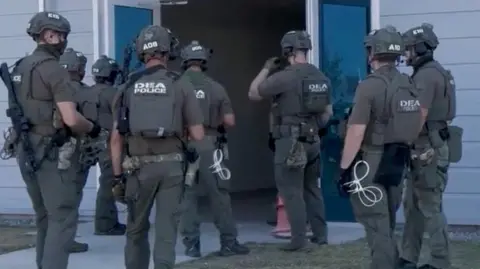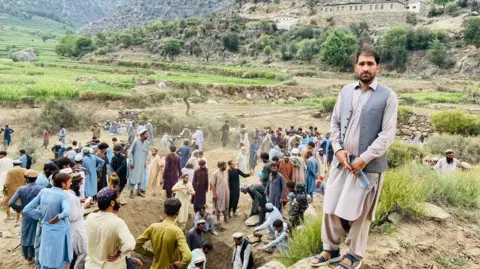On March 27, 2025, South Korean authorities reported that the largest blaze, located in Euiseong County, was only partially contained despite intensive firefighting efforts that involved aerial units and ground teams. The fires continue to spread, fueled by dry and windy conditions, underscoring the urgent need for rescue operations. The Korea Heritage Service has deployed roughly 750 staff members to protect remaining relics, amidst a backdrop of significant national heritage loss. A notable casualty includes a statue of a 9th-century Buddha and a 400-year-old tree that served as a village guardian.
Rescue teams are not just focused on human safety; they are tasked with preserving critical heritage sites that constitute a significant part of South Korea's cultural identity. With a sizable portion of the nation’s over 4,000 heritage items located in the affected southeast region, the stakes are alarmingly high as the nation endures this catastrophic event.
Rescue teams are not just focused on human safety; they are tasked with preserving critical heritage sites that constitute a significant part of South Korea's cultural identity. With a sizable portion of the nation’s over 4,000 heritage items located in the affected southeast region, the stakes are alarmingly high as the nation endures this catastrophic event.



















